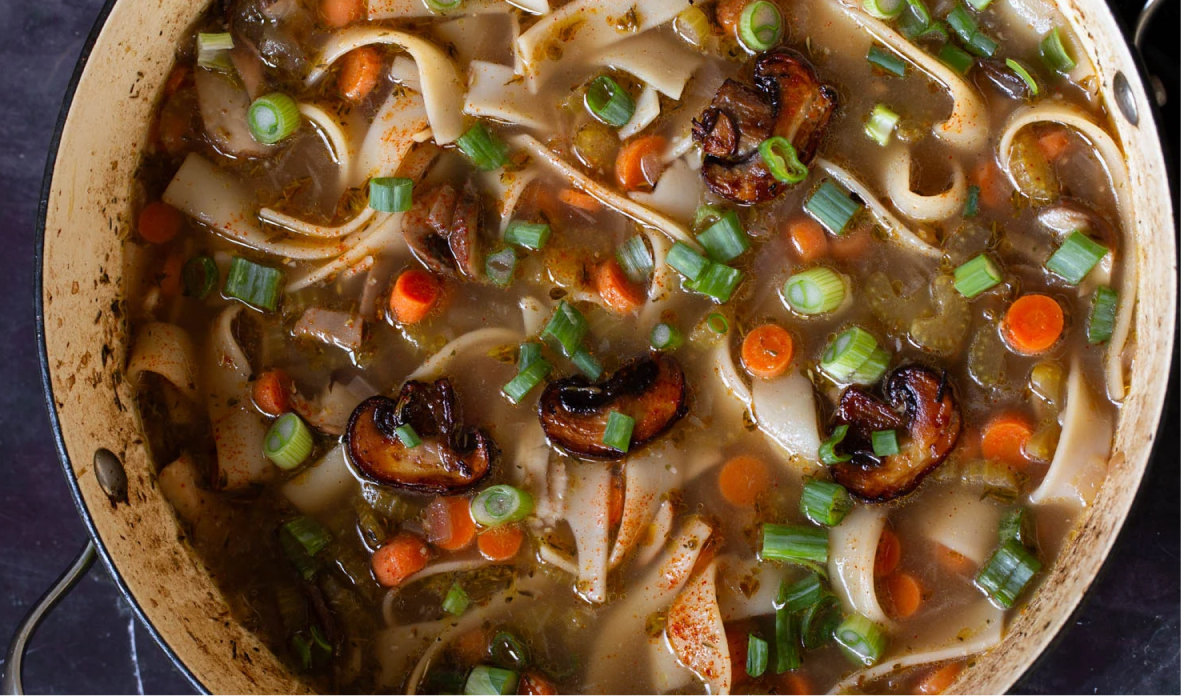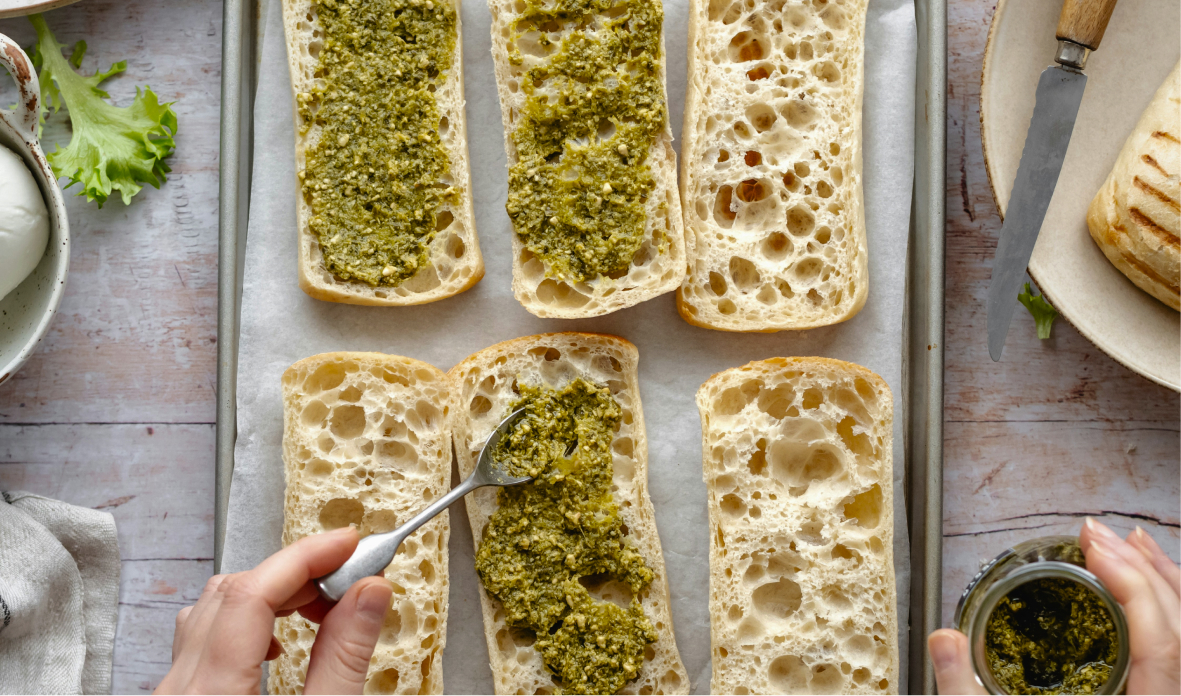10 Easiest Vegetables to Grow for Beginners

Join the community





Growing your own food is rewarding and easy to start, and you don't need a huge backyard for that. Even if you have a small space like a patio or community garden plot, that will do. Start with simple plants like herbs or easy vegetables if you are a beginner.
Ensure that you are planting as per the season types. Cool-season types like asparagus and carrots can handle frost, while warm-season types like bell peppers and cucumbers can't. They need planting after the last spring frost.
Here are 10 easiest vegetables that you can grow and enjoy homegrown produce. We have broadly classified them into fall-planting and spring-planting crops:
{{cta-join2}}
Spring Planting Crops
Potatoes
Potatoes are quick to grow and fun to harvest, making them an excellent choice for novice gardeners. They thrive with full sun exposure of at least 6 hours daily and regular watering. You can grow them from seeds or seed potatoes in the ground, raised beds, or containers. Remember to buy certified seed potatoes from a nursery rather than using grocery store potatoes. Plant them about 6 inches deep in loose, well-drained soil rich in organic matter, preferably in early spring.
Bell Peppers
Bell peppers are a colorful, nutritious, and easy-to-grow vegetable. These versatile veggies are great in salads, stuffed dishes, or as snacks. Growing bell peppers is straightforward. Just plant them in fertile, well-drained soil after the last frost. They thrive in full sun and moist soil, and you should plant them about a week after the last frost. Once harvested, you can store bell peppers in the fridge for up to 10 days or freeze them for up to a year.
Tomatoes
Tomatoes, although technically a fruit, are often treated as a vegetable. They offer unbeatable flavor when freshly picked and are great for container gardening, making them suitable for small spaces. They need regular watering, stakes or cages, and at least 8 hours of daily sunlight. If you're new to gardening, start with cherry or small tomatoes, as they're the easiest to grow.
Cucumbers
Cucumbers, though technically fruits but commonly treated as vegetables are easy to grow and mature quickly. They can be ready for harvest in just six weeks after planting. Plant them several weeks after the last frost in fertile, well-drained soil. Trellising cucumbers is recommended as it saves garden space and allows the plants to climb. The versatility of cucumbers allows for various uses, from pickling to fresh eating, ensuring you can enjoy your homegrown produce in multiple ways.
Green Beans
Green beans are an excellent choice for new gardeners. They sprout quickly, in just 7-10 days, and grow abundantly without becoming unmanageable. As warm-season vegetables, they need full sun and frost-free conditions. You'll be harvesting beans less than two months after planting. When choosing green beans, you'll need to decide between bush beans and pole beans. Bush beans grow closer to the ground, making them ideal for container gardens. Pole beans, on the other hand, grow vertically and require support structures like trellises or fences, but they take up less horizontal space in your garden.
Read also: 15 Easy Vegetables to Grow in Pots
Fall Planting Crops
Carrots
Carrots are easy-to-grow, cool-season root vegetables that thrive in Zones 3 through 10. They're best started from seed in loose, well-composted soil with full sun exposure. It takes about 70 days for carrots to mature, but the wait pays off with sweet, colorful vegetables. Plant them in spring or fall, avoiding summer planting due to heat sensitivity. Carrots prefer ground or raised beds over containers and need protection from wildlife. Water them regularly - an inch weekly until sprouting, then increase to two inches.
Peas
Peas are an easy-to-grow, cool-season vegetable that offers multiple benefits. You can choose from sugar snap, snow, or sweet varieties and plant them in early spring or fall. They're cold-tolerant and can be sown as soon as the soil is workable. They thrive in well-drained, slightly acidic soil with full sun exposure. The key to success with peas is timely harvesting - pick them as soon as they're ready to avoid spoilage. If you end up with a surplus, store them in the fridge or freezer.
Broccoli
Broccoli is easy to grow, thrives in various soil types, and needs minimal care while packing a nutritional punch. To ensure success, keep the soil moist and space plants about a foot apart. Your broccoli will be ready for harvest in less than two months. Start by picking the main head, then move on to the side shoots. When planting, you can choose between seeds or sets in the spring. Just remember, broccoli prefers well-drained, moist soil that's rich in organic matter.
Lettuce
Leaf lettuce is an ideal crop for beginners. It's hardy, quick to harvest, and keeps producing after cutting. You can plant it early due to its frost tolerance, and it's ready in about a month. Lettuce thrives in shady spots, needing only 4 hours of full sun daily. While it's not heat-loving, some varieties handle warmth better.
Read also: What to Plant in Your Fall Garden
Asparagus
Asparagus is a unique and easy-to-grow perennial vegetable. You plant it once, and it comes back for up to 15 years. It's harvested in early spring, but you'll need to care for the plants throughout the growing season to ensure they return the following year. For best results, start with crowns (one-year roots) instead of seeds. While you'll have to wait 1-2 years before your first harvest, it's worth the patience. Once established, you'll enjoy fresh asparagus for a month or two each spring right from your garden.












